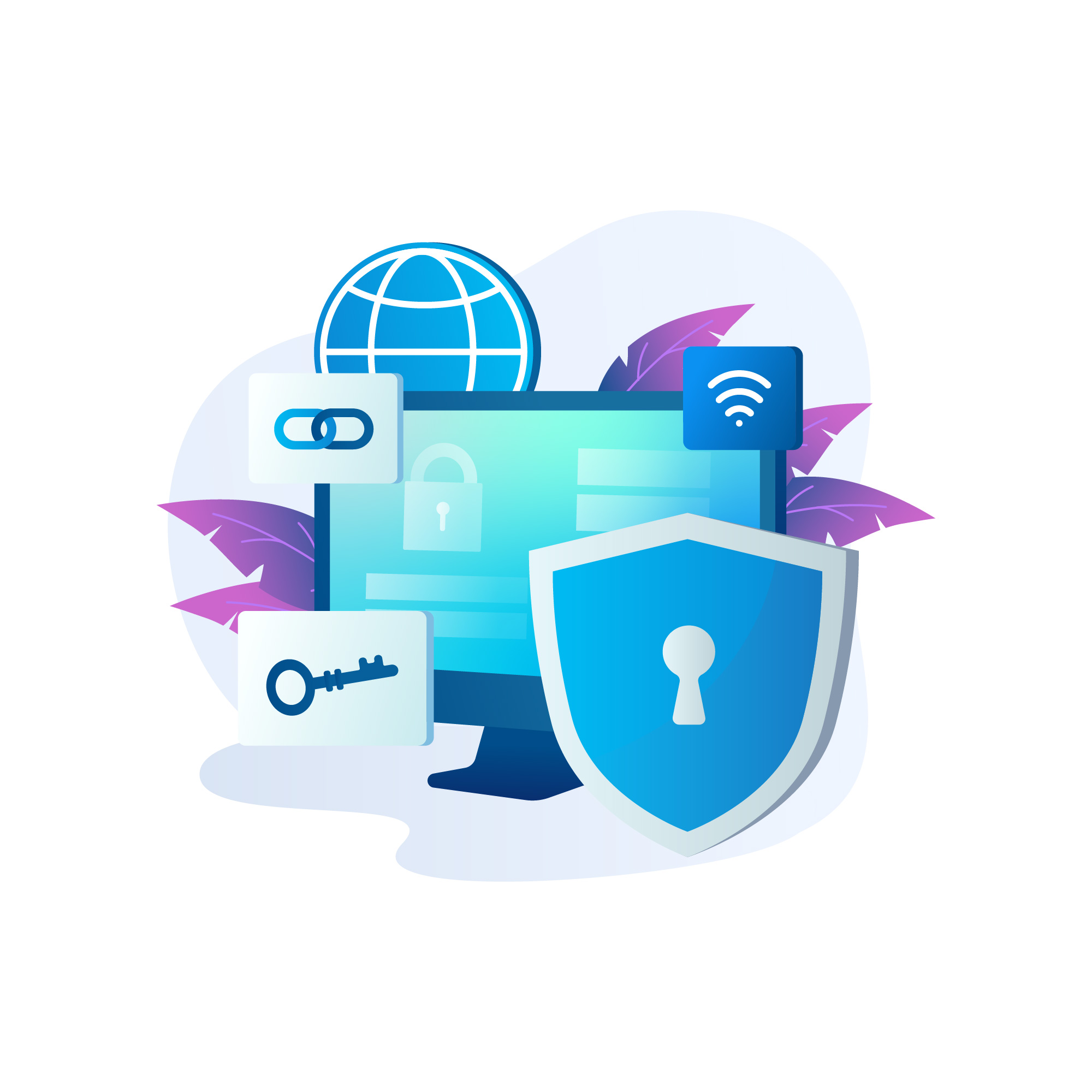Alright, security enthusiasts, buckle up! This week, I dove deep into the dark underbelly of cyber threats, and what I found was… unsettling. Forget smash-and-grab breaches; we’re talking sophisticated, long-term infiltration. It’s like the attackers aren’t just trying to break in – they’re already chilling inside, sipping coffee, watching our every move, and subtly changing the furniture. Creepy, right?
The Silent Invasion: Stealth and Persistence are the New Black
This week’s headlines screamed stealth. The big takeaway? Attackers are playing the long game. Nation-state actors are honing techniques for persistent access, lurking undetected for months, even years. This isn’t about quick ransomware payouts; it’s about sustained espionage and control. Think about the SolarWinds attack – a stark reminder that supply chain backdoors can grant access to thousands of organizations. According to a report by CrowdStrike, the average breakout time (the time an attacker takes to move laterally within a network after initial compromise) is shrinking, but the dwell time (the time an attacker remains undetected in a network) remains stubbornly high, often exceeding weeks or months. That’s plenty of time to steal sensitive data, plant malware, or prepare for future attacks.
Deepfakes and Deception: When Seeing Isn’t Believing
AI-powered deception is no longer science fiction; it’s a weapon in the cyber arsenal. Deepfake technology is being weaponized to spread misinformation and manipulate opinions. Imagine targeted spear-phishing campaigns using realistic audio or video of trusted figures. According to a report by MIT Technology Review, deepfakes are becoming increasingly sophisticated and difficult to detect, making them a potent tool for social engineering and influence operations. It’s getting harder to discern reality from fabrication, and that has profound implications for trust and security.
Supply Chain Shadows: Trust No One (Especially Your Software Updates)
We’ve heard this before, but it’s worth repeating: supply chain attacks are a HUGE problem. Attackers are increasingly targeting software supply chains to distribute malware and gain access to a wide range of victims. Remember the ASUS incident where attackers compromised the company’s update servers to distribute malware to millions of users? This week, we saw new variations on this theme, with attackers cleverly hiding malicious code within legitimate software updates. A report by Sonatype found a staggering 742% year-over-year increase in supply chain attacks, highlighting the growing threat. This means we need to scrutinize our software dependencies and implement robust security measures to detect and prevent supply chain compromises.
Key Takeaways: Fortifying Your Defenses
- Embrace Zero Trust: Verify everything, trust nothing. Assume breach and implement micro-segmentation to limit the impact of a successful attack.
- Harden Your Supply Chain: Vet your vendors, scrutinize software updates, and implement code signing verification.
- Stay Vigilant Against AI-Powered Deception: Train your employees to recognize phishing attempts and be wary of unsolicited communications.
- Invest in Threat Intelligence: Stay informed about the latest threats and tactics to proactively defend against attacks.
- Improve Incident Response: Have a well-defined incident response plan in place to quickly detect, contain, and recover from security incidents.
FAQs: Addressing Your Concerns
Q: How can I detect attackers who are already inside my network?
A: Implement network traffic analysis, endpoint detection and response (EDR) solutions, and behavioral analytics to identify anomalous activity and potential indicators of compromise.
Q: What are the best practices for securing my supply chain?
A: Vet your vendors, implement code signing verification, conduct regular security audits, and monitor for vulnerabilities in your software dependencies.
Q: How can I protect myself from deepfake attacks?
A: Educate your employees about the risks of deepfakes, implement multi-factor authentication, and be skeptical of unsolicited communications, especially those involving audio or video.
Q: What is the best way to respond to a security incident?
A: Follow your incident response plan, isolate affected systems, contain the damage, and conduct a thorough investigation to determine the root cause and prevent future incidents.
Q: How can I stay up-to-date on the latest security threats?
A: Subscribe to security blogs, attend industry conferences, and follow reputable security researchers and organizations on social media. Knowledge is power!
“`


